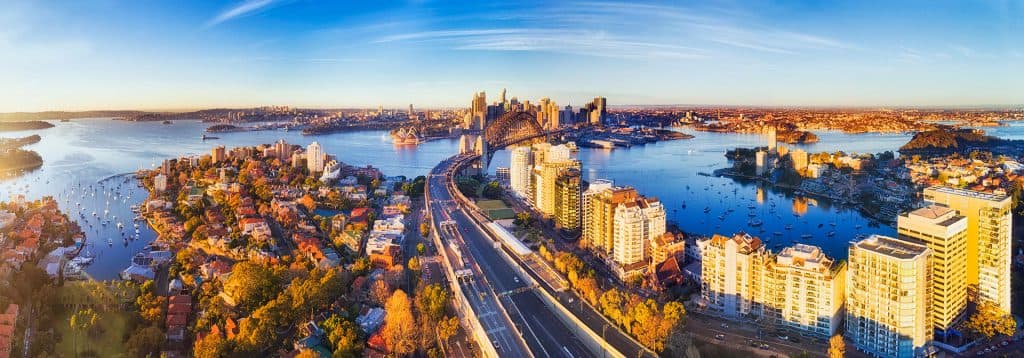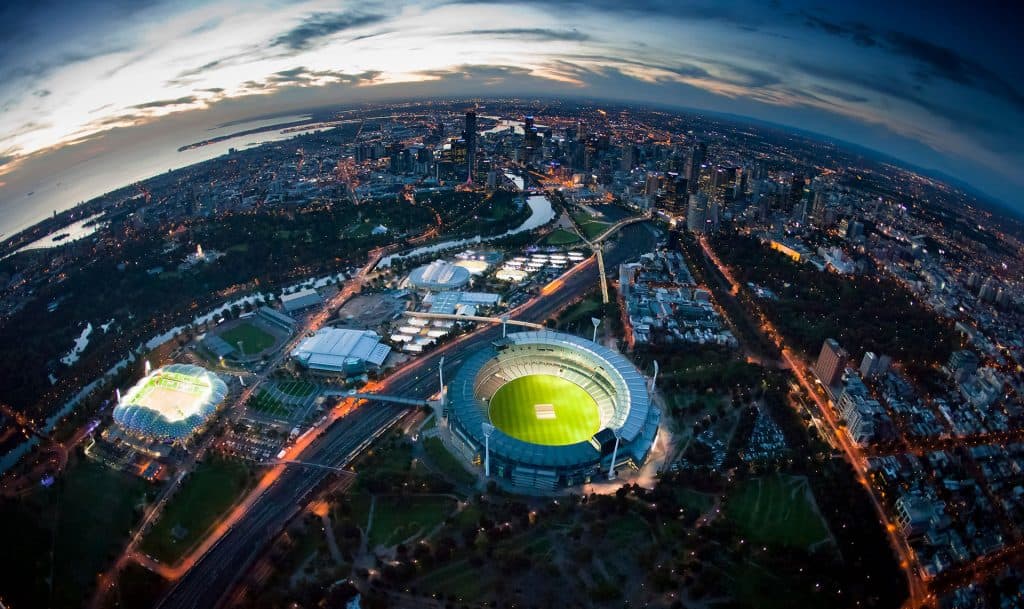
With the annual publication of its list of more than AUD$50 billion of priority projects for the country, Infrastructure Australia has called for a network of charging stations for electric vehicles and a strengthening of the power grid to support it.
It was the first time that the independent statutory body, which promotes investment in infrastructure projects of national relevance, acknowledged the importance of the technology in the automotive industry.
The February 14 press release about the latest version of the list said the arrival of the electric vehicle could mark the most significant transformation in the transport sector since the shift from steam to diesel locomotives.
“(The delivery of a national electric vehicle fast-charging network) has been identified for the first time as High Priority Initiative,” said Infrastructure Australia Chair Julieanne Alroe in an address to parliament. “(It recognises) that the increase in EV take-up has both environmental and productivity benefits for Australia, but only if supported by strategic infrastructure investment.” Alroe was referring to one of two categories used by Infrastructure Australia in assessing investment priorities. An initiative addresses a potential challenge for which a business case has yet to be developed. It is the precursor to the second category: the project, which is a business case that has been developed to address a problem or opportunity. There are also two rankings to describe the importance – or urgency – of an initiative or project: Priority and High Priority.
Infrastructure Australia has helped the country develop a long-term investment strategy. Its recommendations have served as a guide for successive governments in the disbursement of billions of Australian dollars in projects like Sydney Metro, the biggest public transport project in the country.
Alroe said the country must invest in the production and distribution of electricity to ensure a reliable supply for the growing number of electric vehicle chargers. “By 2040, EVs will account for 70% of new vehicle sales and 30% of the vehicle fleet in Australia. We currently have less than 800 charging stations, just 70 of which are fast-charging. This compares to over 6,000 petrol stations,” she said.
But the Australian Financial Review newspaper has said Australia was behind other countries in the use of EVS, with only about 2,300 on its roads.
The recommended investment would target, in part, the National Electricity Market (NEM). One of the largest interconnected electricity systems in the world, the NEM covers about 40,000 kilometres of transmission lines and cables, supplying about nine million customers in the eastern and southern parts of Australia.

Other Challenges
Infrastructure Australia identified other challenges, including traffic congestion in Sydney, Melbourne and other cities whose populations are growing fast. “Congestion in our cities and faster-growing regional centres not only has significant consequences for the Australian economy, but has direct impacts on communities,” Alroe said. “It impacts people’s access to education, health services, employment and other opportunities – not to mention the world-renowned liveability of our cities and regions.”
She also highlighted the need to increase safety on the country’s regional roads. Between 2008 and 2016, more than half of the country’s road fatalities occurred in its regions, she said. “Relative to population size, the fatality rate was more than four times greater than for major cities.”
Record List
The list has a record 121 projects deemed nationally significant, resulting in a pipeline worth AUD$58 billion project for the next 15 years. New projects on the list include the Monash Freeway Upgrade Stage 2 in the state of Victoria; the Yanchep Rail Extension in Western Australia; and the Gawler Rail Line Electrification and Modernisation Project in South Australia.
Deputy Prime Minister and Minister for Infrastructure, Transport and Regional Development Michael McCormack welcomed the list, emphasising the crucial role played by Infrastructure Australia.
“Strategic advice and expert planning is critical to help guide the Australian Government’s 10-year, $75 billion infrastructure plan where nation-building projects are; enhancing transport connectivity; underpinning economic growth; and helping Australians arrive home sooner and safer,” he said in a statement.

